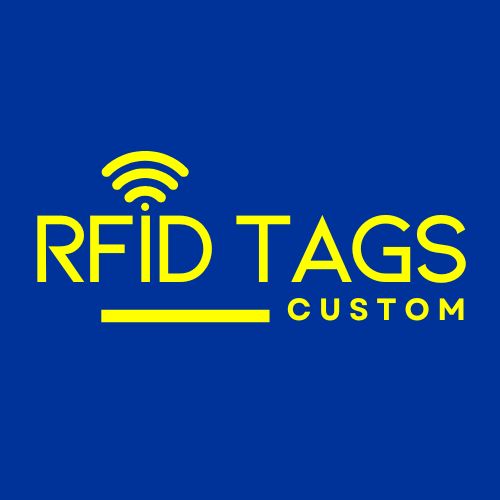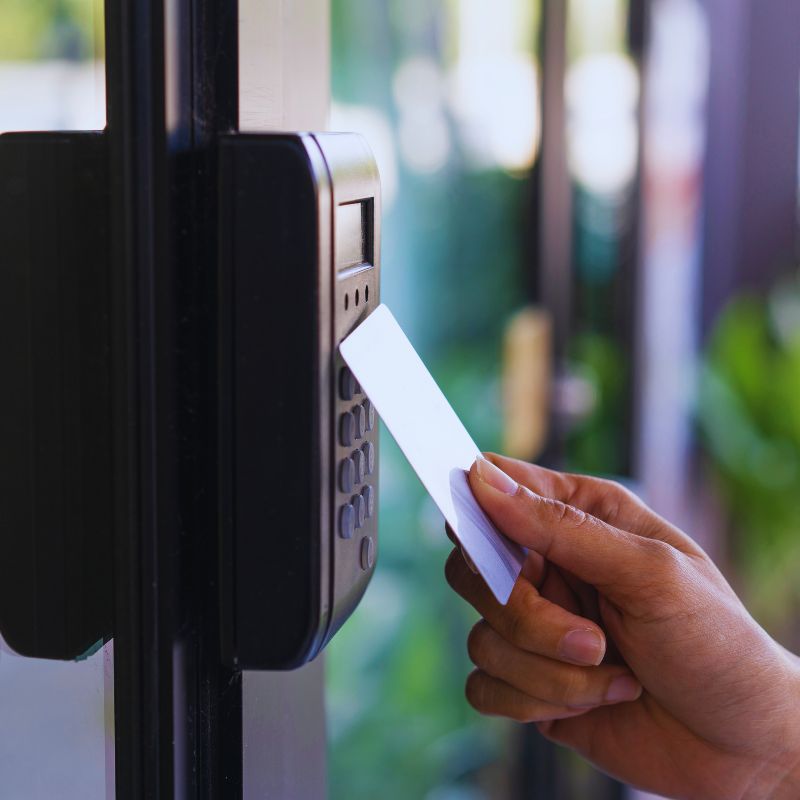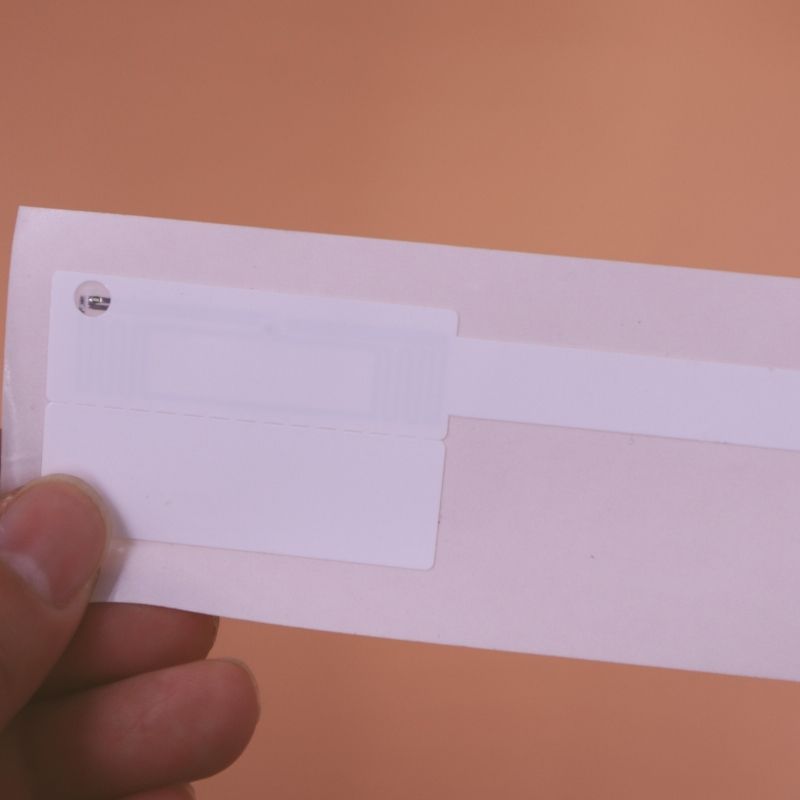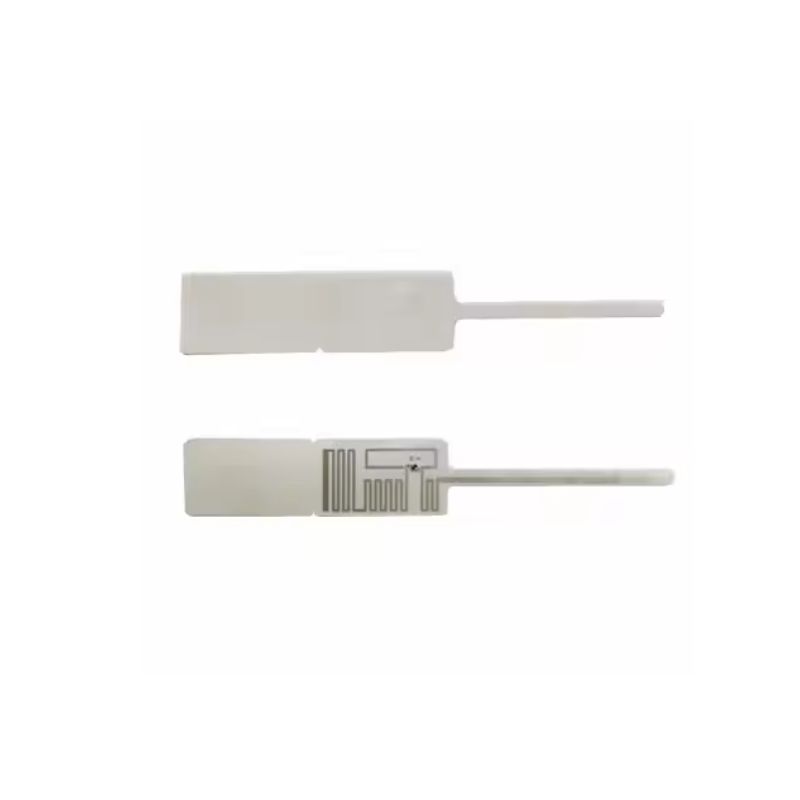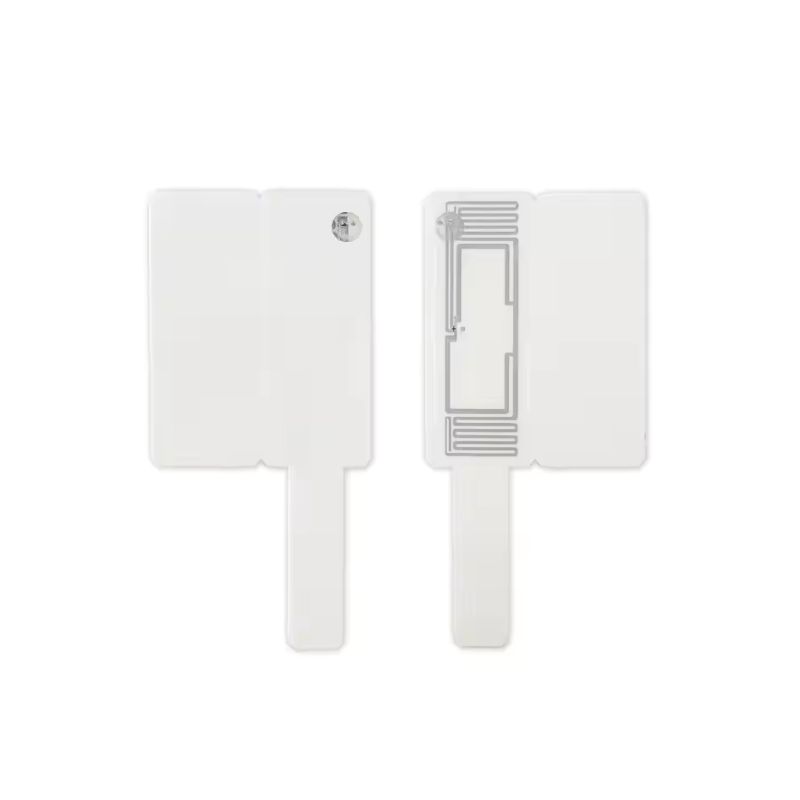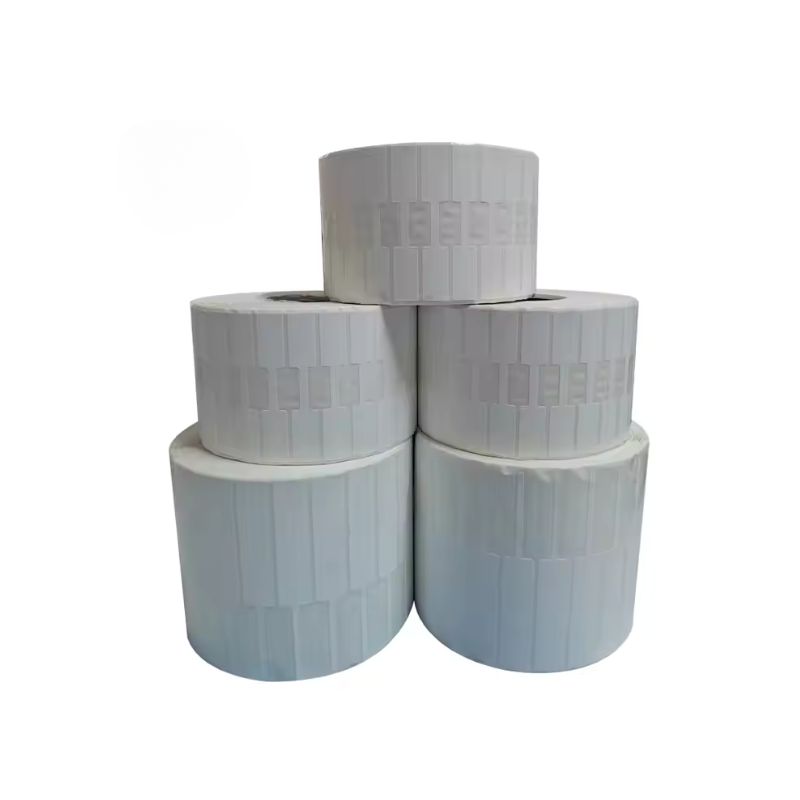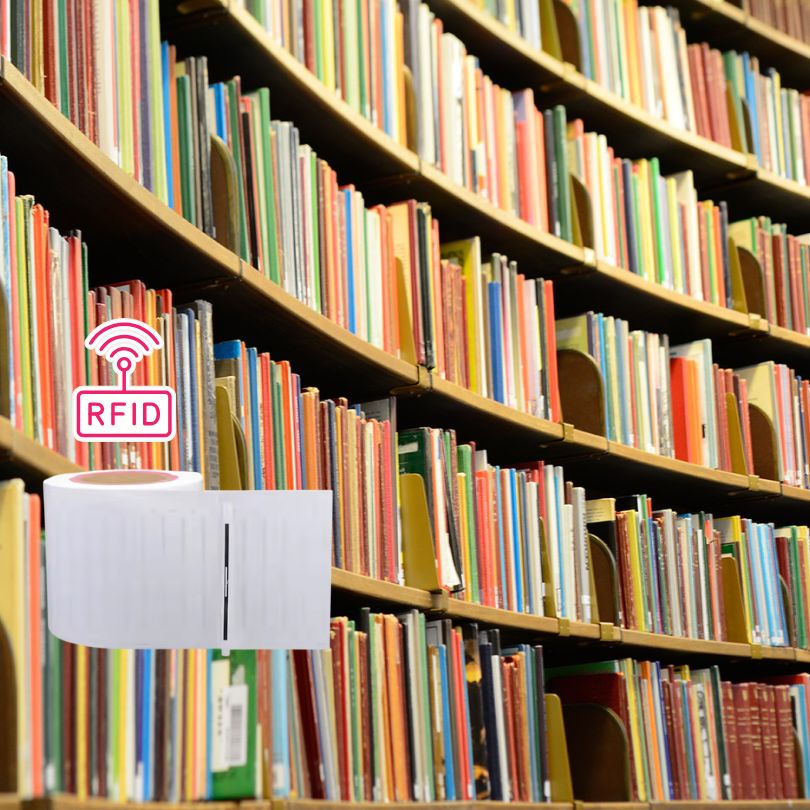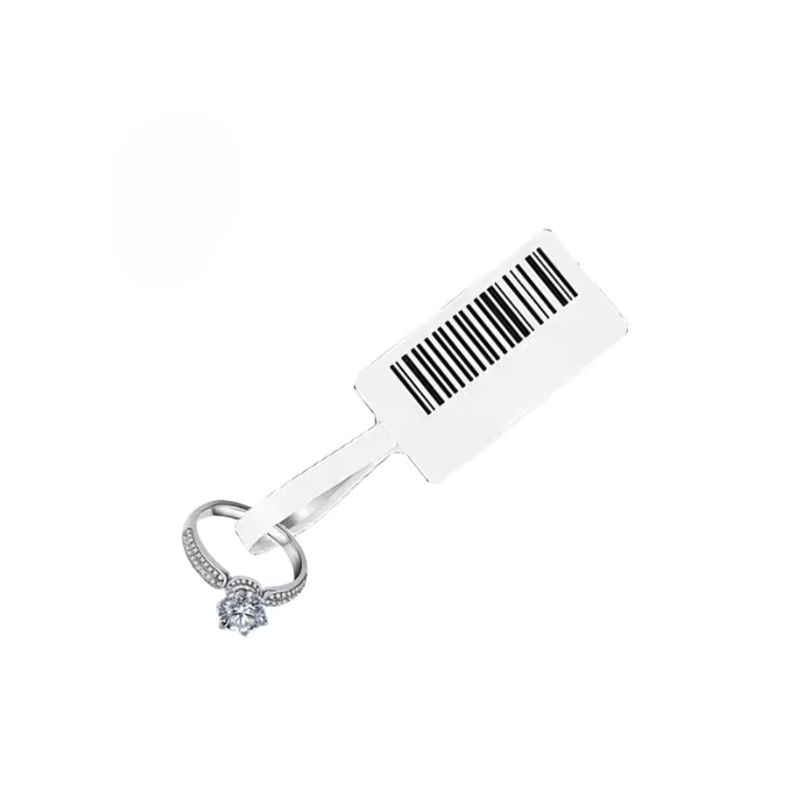
Related Blog
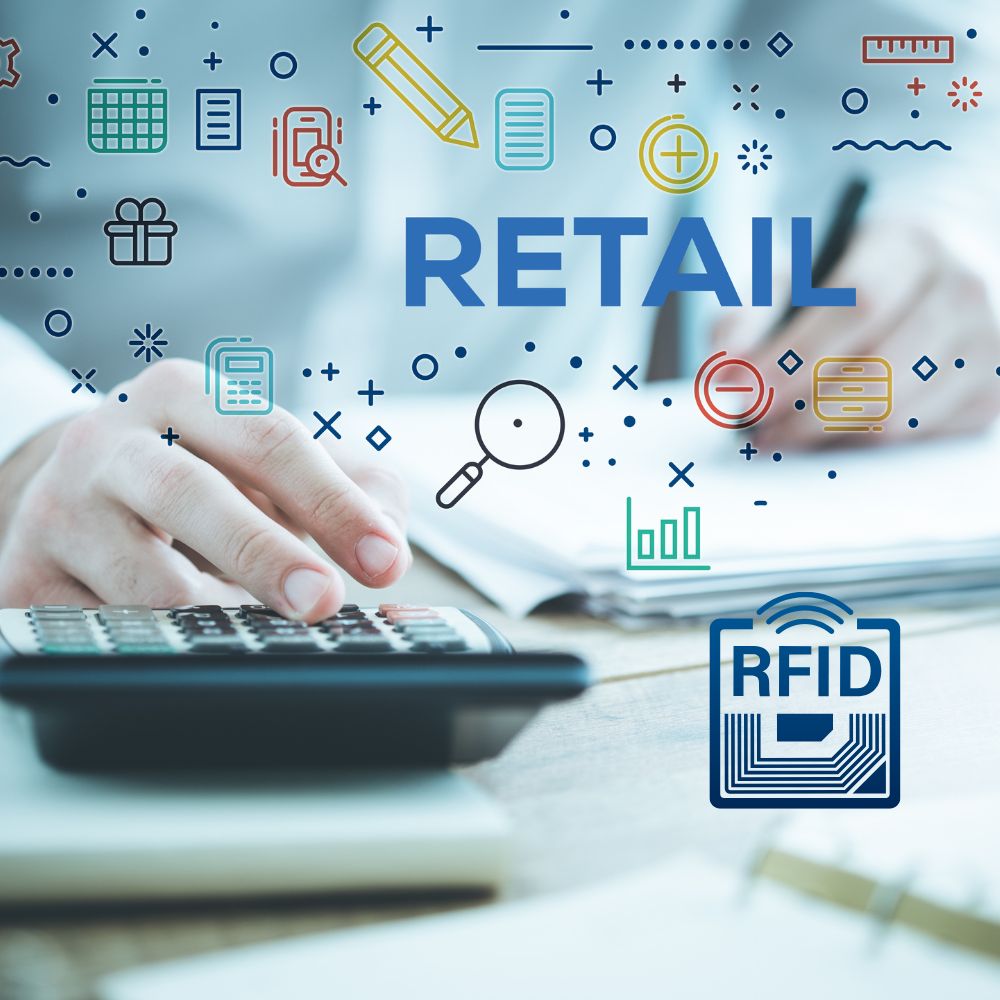
Are RFID Tags Anti Theft
This article explores the effectiveness of RFID tags as an anti-theft solution in the retail industry.
Can RFID be Used For Asset Tracking
In today’s fast-paced and technology-driven industries, efficient inventory management and asset tracking are crucial for staying competitive.
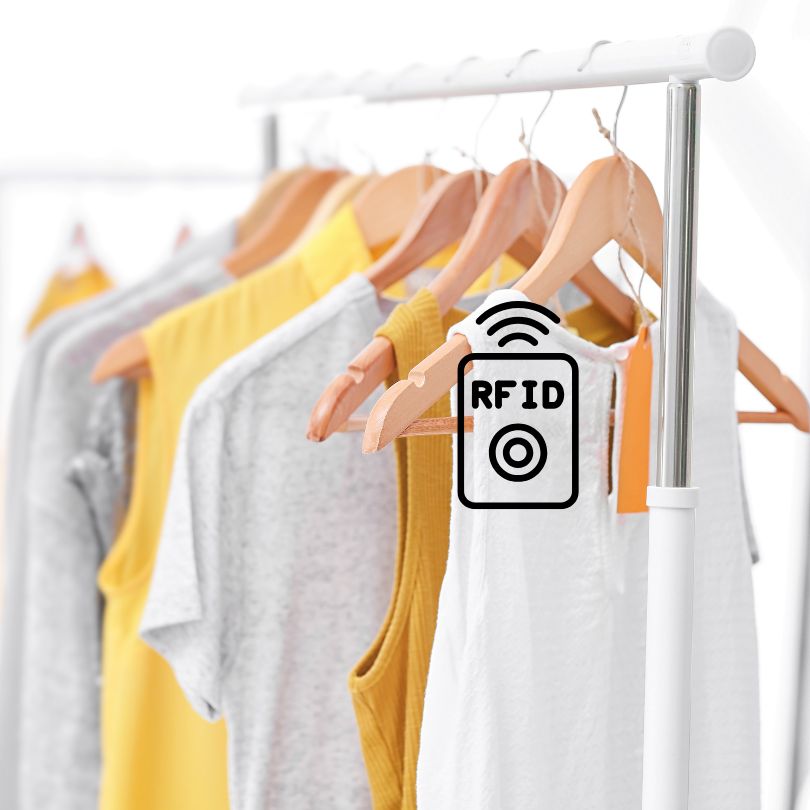
Can RFID Tags On Clothes Be Tracked
Learn how RFID tags, clothing tags, and innovative tracking solutions transform how we manage garments in the apparel industry.
